Essentials of Corporate Finance 9th Edition By Ross – Test Bank
Chapter 11 Test Bank – Static Key
- Mary owns a risky stock and anticipates earning 16.5 percent on her investment in that stock. Which one of the following best describes the 16.5 percent rate?
- Expected return
- Real return
- Market rate
- Systematic return
- Risk premium
Accessibility: Keyboard Navigation
Blooms: Remember
Difficulty: 1 Basic
Learning Objective: 11-01 Calculate expected returns.
Section: 11.1 Expected Returns and Variances
Topic: Expected return
- A portfolio is:
- a single risky security.
- any security that is equally as risky as the overall market.
- any new issue of stock.
- a group of assets held by an investor.
- an investment in a risk-free security.
Accessibility: Keyboard Navigation
Blooms: Remember
Difficulty: 1 Basic
Learning Objective: 11-01 Calculate expected returns.
Section: 11.2 Portfolios
Topic: Portfolio return
- Stock A comprises 28 percent of Susan’s portfolio. Which one of the following terms applies to the 28 percent?
- Portfolio variance
- Portfolio standard deviation
- Portfolio weight
- Portfolio expected return
- Portfolio beta
Accessibility: Keyboard Navigation
Blooms: Remember
Difficulty: 1 Basic
Learning Objective: 11-01 Calculate expected returns.
Section: 11.2 Portfolios
Topic: Portfolio weights
- Systematic risk is defined as:
- any risk that affects a large number of assets.
- the total risk of an individual security.
- diversifiable risk.
- asset-specific risk.
- the risk unique to a firm’s management.
Accessibility: Keyboard Navigation
Blooms: Remember
Difficulty: 1 Basic
Learning Objective: 11-03 Define the systematic risk principle.
Section: 11.4 Risk: Systematic and Unsystematic
Topic: Systematic and unsystematic risk
- Unsystematic risk can be defined by all of the following except:
- unrewarded risk.
- diversifiable risk.
- market risk.
- unique risk.
- asset-specific risk.
Accessibility: Keyboard Navigation
Blooms: Remember
Difficulty: 1 Basic
Learning Objective: 11-03 Define the systematic risk principle.
Section: 11.4 Risk: Systematic and Unsystematic
Topic: Systematic and unsystematic risk
- Which term best refers to the practice of investing in a variety of diverse assets as a means of reducing risk?
- Systematic
- Unsystematic
- Diversification
- Security market line
- Capital asset pricing model
Accessibility: Keyboard Navigation
Blooms: Remember
Difficulty: 1 Basic
Learning Objective: 11-02 Explain the impact of diversification.
Section: 11.5 Diversification and Portfolio Risk
Topic: Diversification concepts and measures
- The systematic risk principle states that the expected return on a risky asset depends only on the asset’s ___ risk.
- unique
- diversifiable
- asset-specific
- market
- unsystematic
Accessibility: Keyboard Navigation
Blooms: Remember
Difficulty: 1 Basic
Learning Objective: 11-03 Define the systematic risk principle.
Section: 11.6 Systematic Risk and Beta
Topic: Systematic and unsystematic risk
- The amount of systematic risk present in a particular risky asset relative to that in an average risky asset is measured by the:
- squared deviation.
- beta coefficient.
- standard deviation.
- mean.
- variance.
Accessibility: Keyboard Navigation
Blooms: Remember
Difficulty: 1 Basic
Learning Objective: 11-03 Define the systematic risk principle.
Section: 11.6 Systematic Risk and Beta
Topic: Beta
- The security market line is a linear function that is graphed by plotting data points based on the relationship between the:
- risk-free rate and beta.
- market rate of return and beta.
- market rate of return and the risk-free rate.
- risk-free rate and the market rate of return.
- expected return and beta.
Accessibility: Keyboard Navigation
Blooms: Remember
Difficulty: 1 Basic
Learning Objective: 11-04 Discuss the security market line and the risk-return trade-off.
Section: 11.7 The Security Market Line
Topic: Security market line
- The slope of the security market line represents the:
- risk-free rate.
- market risk premium.
- beta coefficient.
- risk premium on an individual asset.
- market rate of return.
Accessibility: Keyboard Navigation
Blooms: Remember
Difficulty: 1 Basic
Learning Objective: 11-04 Discuss the security market line and the risk-return trade-off.
Section: 11.7 The Security Market Line
Topic: Security market line
- The security market line is defined as a positively sloped straight line that displays the relationship between the:
- beta and standard deviation of a portfolio.
- systematic and unsystematic risks of a security.
- nominal and real rates of return.
- expected return and beta of either a security or a portfolio.
E. risk premium and beta of a portfolio.




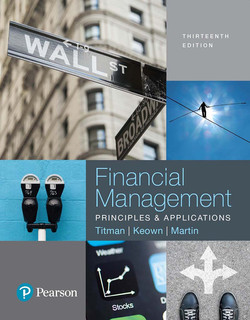
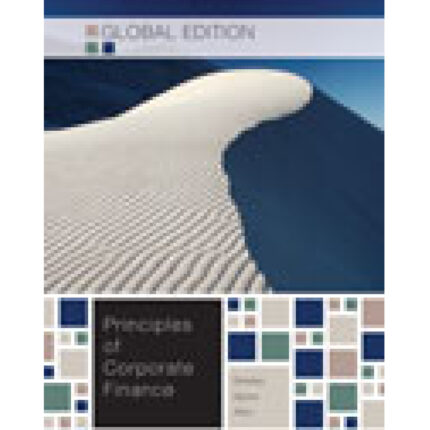

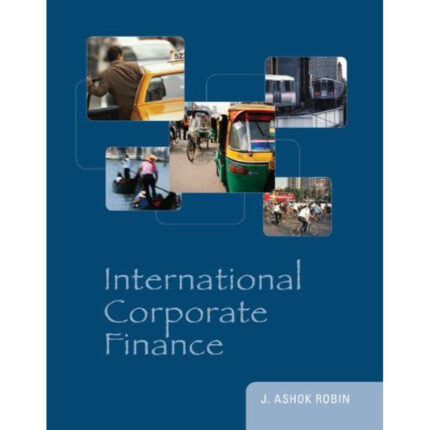


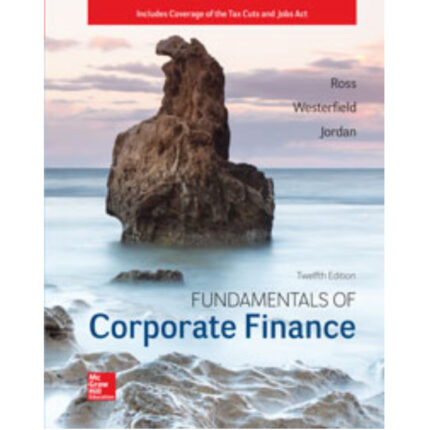
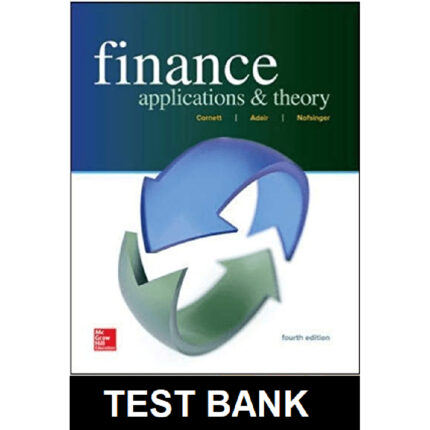

Reviews
There are no reviews yet.